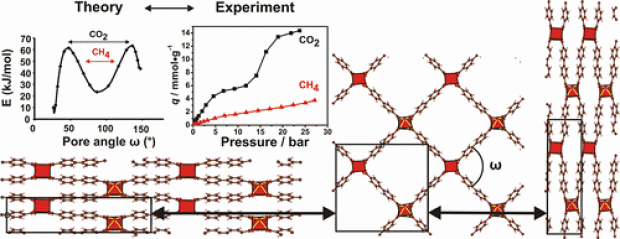Hydrogen Clathrates: Next Generation Hydrogen Storage Materials
Abstract
Extensive research has been carried on the molecular adsorption in high surface area materials such as carbonaceous materials and MOFs as well as atomic bonded hydrogen in metals and alloys. Clathrates stand among the ones to be recently suggested for hydrogen storage. Although, the simulations predict lower capacity than the expected by the DOE norms, the additional benefits of clathrates such as low production and operational cost, fully reversible reaction, environmentally benign nature, low risk of flammability make them one of the most promising materials to be explored in the next decade. The inherent ability to tailor the properties of clathrates using techniques such as addition of promoter molecules, use of porous supports and formation of novel reverse micelles morphology provide immense scope customisation and growth. As rapidly evolving materials, clathrates promise to get as close as possible in the search of “holy grail” of hydrogen storage. This review aims to provide the audience with the background of the current developments in the solid-state hydrogen storage materials, with a special focus on the hydrogen clathrates. The in-depth analysis of the hydrogen clathrates will be provided beginning from their discovery, various additives utilised to enhance their thermodynamic and kinetic properties, challenges in the characterisation of hydrogen in clathrates, theoretical developments to justify the experimental findings and the upscaling opportunities presented by this system. The review will present state of the art in the field and also provide a global picture for the path forward.

